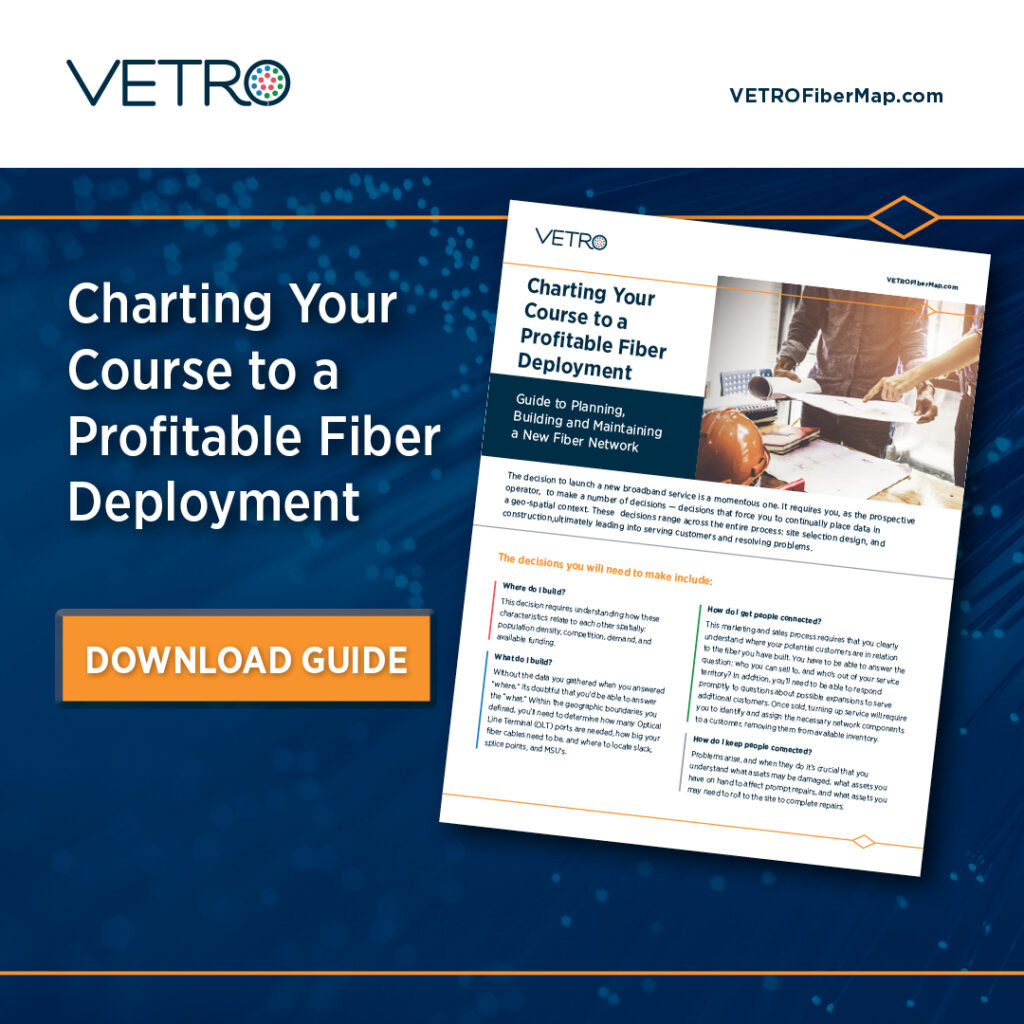Outside Plant (OSP) Fiber: The Resilient Heart of Telecom Networks
The vast networks that deliver high-speed internet, seamless voice calls, and cutting-edge telecom services rely on a hidden workhorse: Outside Plant (OSP) fiber optic cables. Let’s explore how these remarkable cables are engineered, what goes into their installation, and why they form the backbone of modern connectivity.
OSP Fiber Construction
OSP cables are more than just strands of glass. They’re sophisticated structures built for a single purpose: surviving the challenges of outdoor environments while ensuring unmatched signal speed and clarity. Typical features include:
Robust Buffering: Individual fibers are sheathed in protective buffering or tubes, adding crush resistance and helping manage installation stresses.
Strength Members: Aramid yarns or steel rods within the cable increase tensile strength to prevent stretching during pulls.
Water-Blocking: Gels or tapes shield the sensitive fibers from damaging moisture ingress.
Rugged Jacketing: Outer layers are UV-resistant, withstand abrasion, and often feature armoring for rodent deterrence.
OSP Cable: The Many Types and Application
OSP cables aren’t a one-size-fits-all solution. They come in diverse forms optimized for specific applications:
Aerial Cables: Designed for suspension between poles, withstanding elements and their own weight.
Direct-Buried Cables: Built for installation in trenches, featuring heavy armoring and moisture protection.
Microduct Cables Designed for “blown fiber” techniques, where fibers are propelled through smaller tubes using air pressure.
Hybrid Cables: Include a mix of fiber and copper wiring to support legacy services alongside faster fiber.
OSP Fiber Installation: Secrets of Success
Installing Outside Plant (OSP) fiber networks requires specialized skills and careful planning to guarantee long-term performance and reliability. Here’s a deeper look at the crucial considerations:
Cable Selection: The right cable is essential for the installation environment:
Aerial: Cables must withstand weather extremes, tension, and possible wildlife damage.
Underground: Robust armoring protects against rodents and moisture in direct burial applications.
Microduct: Smaller, more flexible cables are ideal for blowing through microducts, enabling adaptability and quick expansions.
Industry Stat: The global OSP fiber optic cable market is estimated to reach around $6 billion by 2027, showing rapid growth driven by broadband expansion. ([Source: Market Research Report])
Route Planning: Meticulous planning avoids costly delays and ensures maintainability:
Terrain Analysis: Consider soil conditions, waterways, or heavily wooded areas that affect installation methods.
Right-of-Way: Secure permits, abide by local regulations, and work with utility partners (gas, power, etc.) for shared infrastructure.
Minimizing Obstacles: Prioritize paths with the fewest potential barriers for smooth installation and easier future access.
Splice Points: Strategic placement is key:
Signal Loss: Excessive splices degrade signal quality, so aim for less frequent splices placed in easy-to-reach locations.
Maintenance: Splice enclosures need to be accessible for future troubleshooting and repairs.
Cable Handling: Protects your investment and prevents hidden problems:
Bend Radius: Exceeding a cable’s minimum bend radius causes internal damage and signal issues that may not show up immediately.
Pulling Tools: Specialized winches and tension monitors prevent overstressing cables during installation.
Slack Management: Coiling excess cable strategically avoids blockages and makes accessing splices or connections easier.
Testing & Certification: Leaving no room for doubt:
OTDR Testing: Optical Time-Domain Reflectometers send light pulses down the fiber and analyze the reflections to identify faults, splices, and pinpoint overall signal strength.
Documentation: Thoroughly document every aspect of the installation as a reference for future network changes or repairs.
The Future with OSP Fiber
5G Expansion: 5G’s increased cell site density is driving massive fiber backhaul demand – OSP fiber is the ideal high-capacity solution.
Fiber-to-the-Premises (FTTP): Replacing aging copper infrastructure with OSP fiber to homes delivers the gigabit+ capabilities consumers and businesses crave.
Smart City Integrations: OSP networks are the backbone for connecting sensors and IoT devices, enabling traffic management, intelligent lighting, and enhanced public services.
OSP Success
From design to deployment, building a high-performance OSP fiber network demands collaboration with experienced providers. Look for expertise in site surveying, engineering, splicing, testing, and network documentation. By understanding the fundamentals and choosing the right partners, you’ll create an OSP network that drives both present-day connectivity and future innovation.



